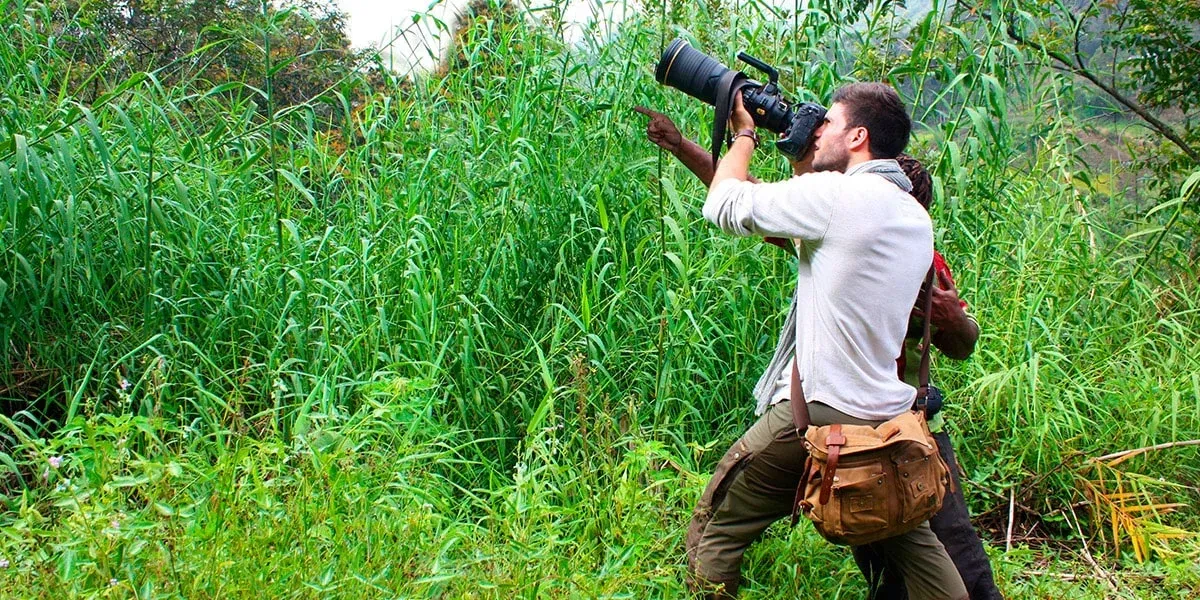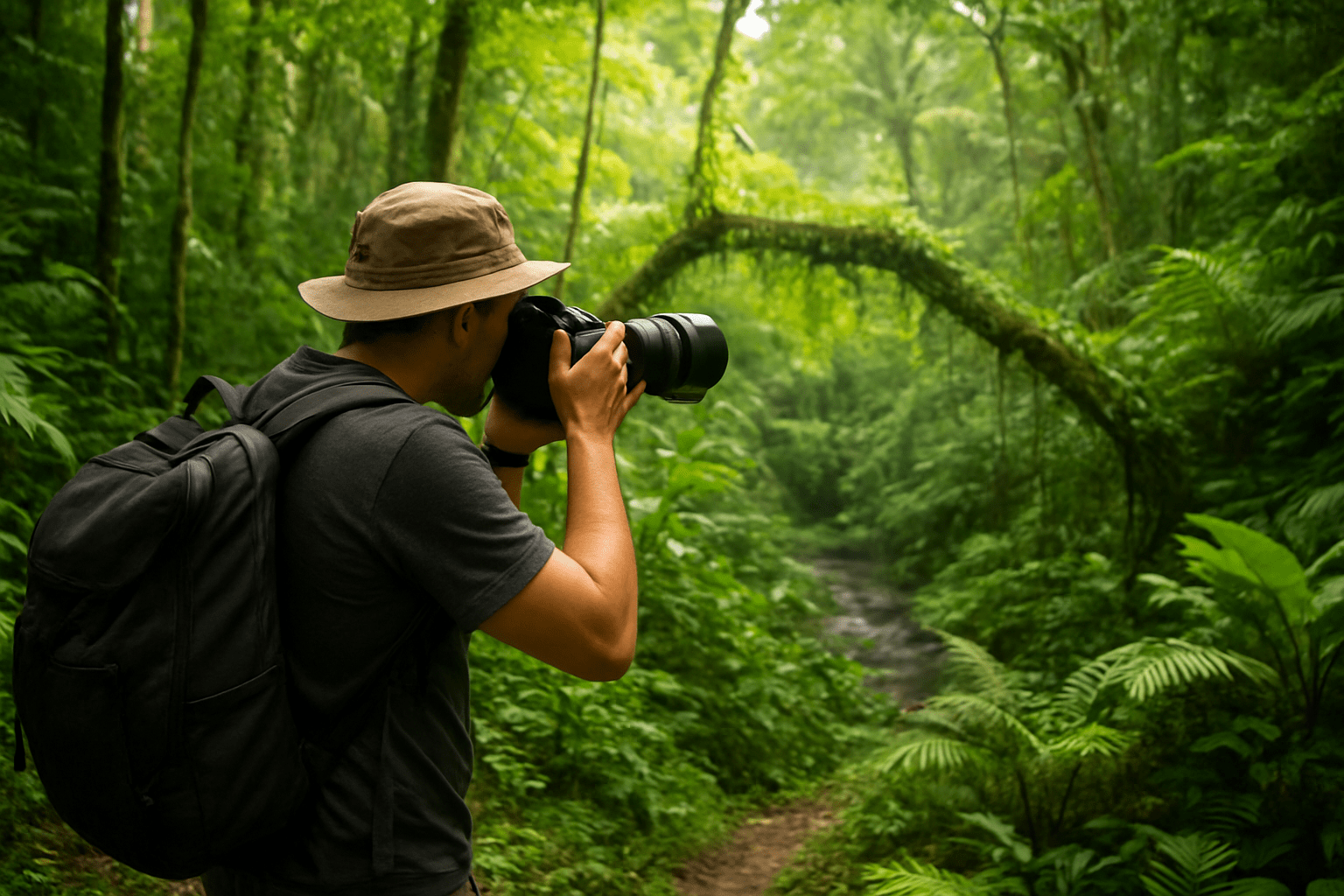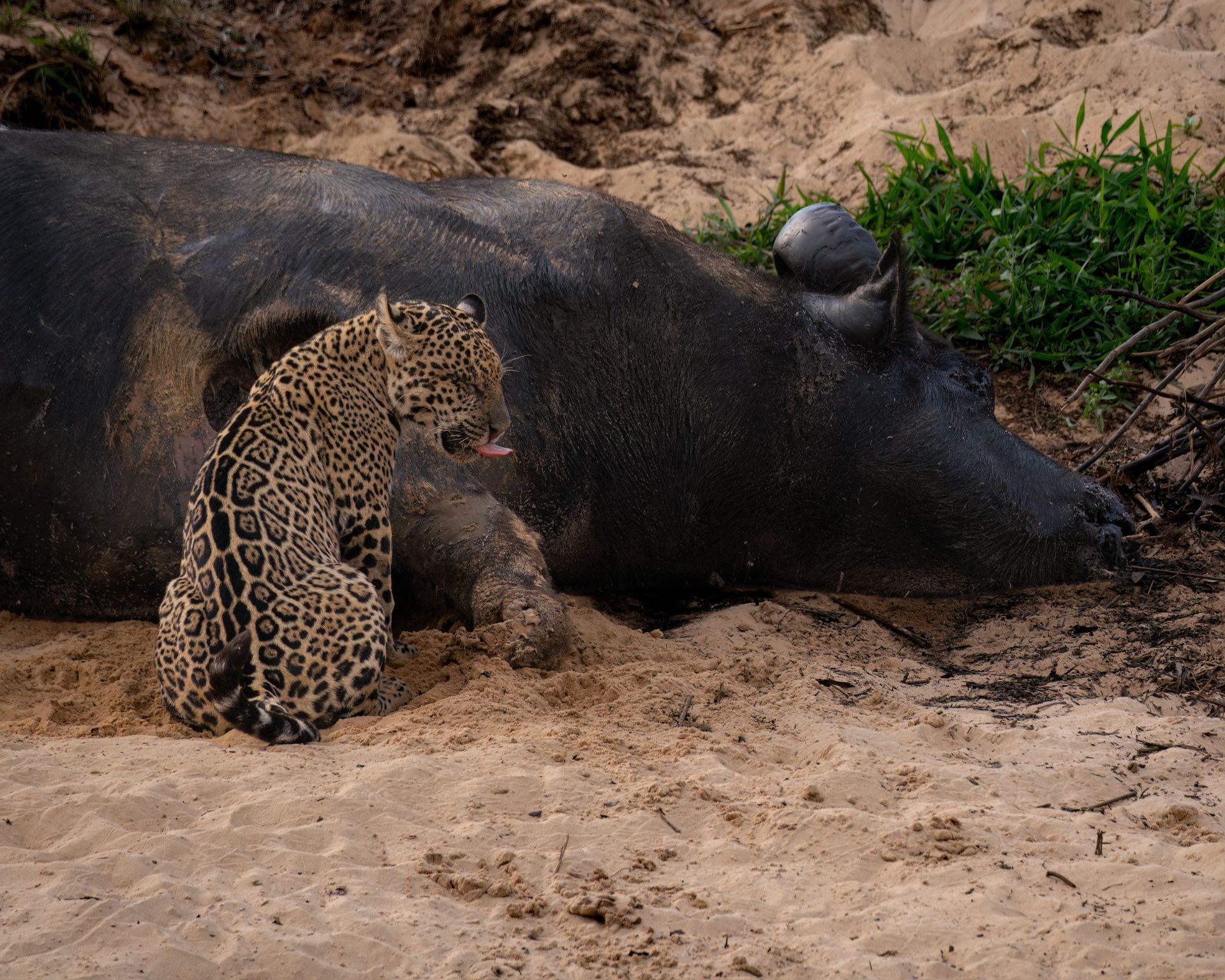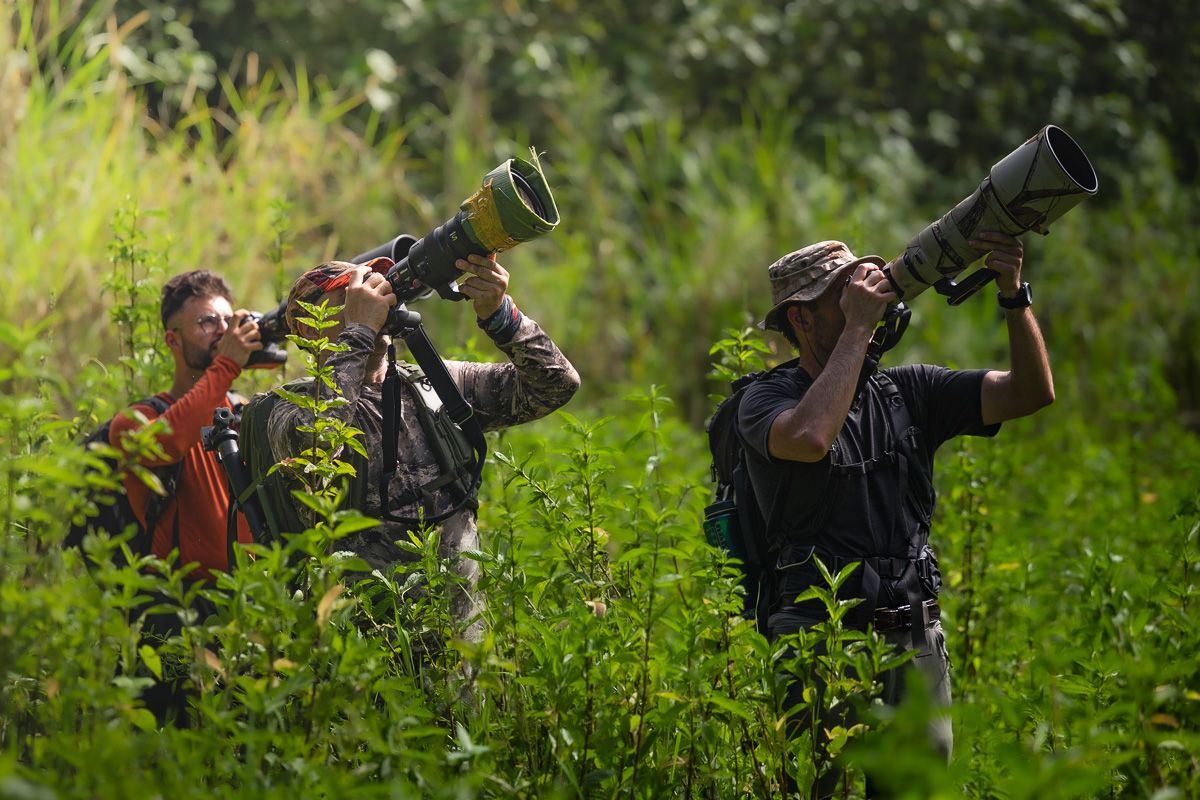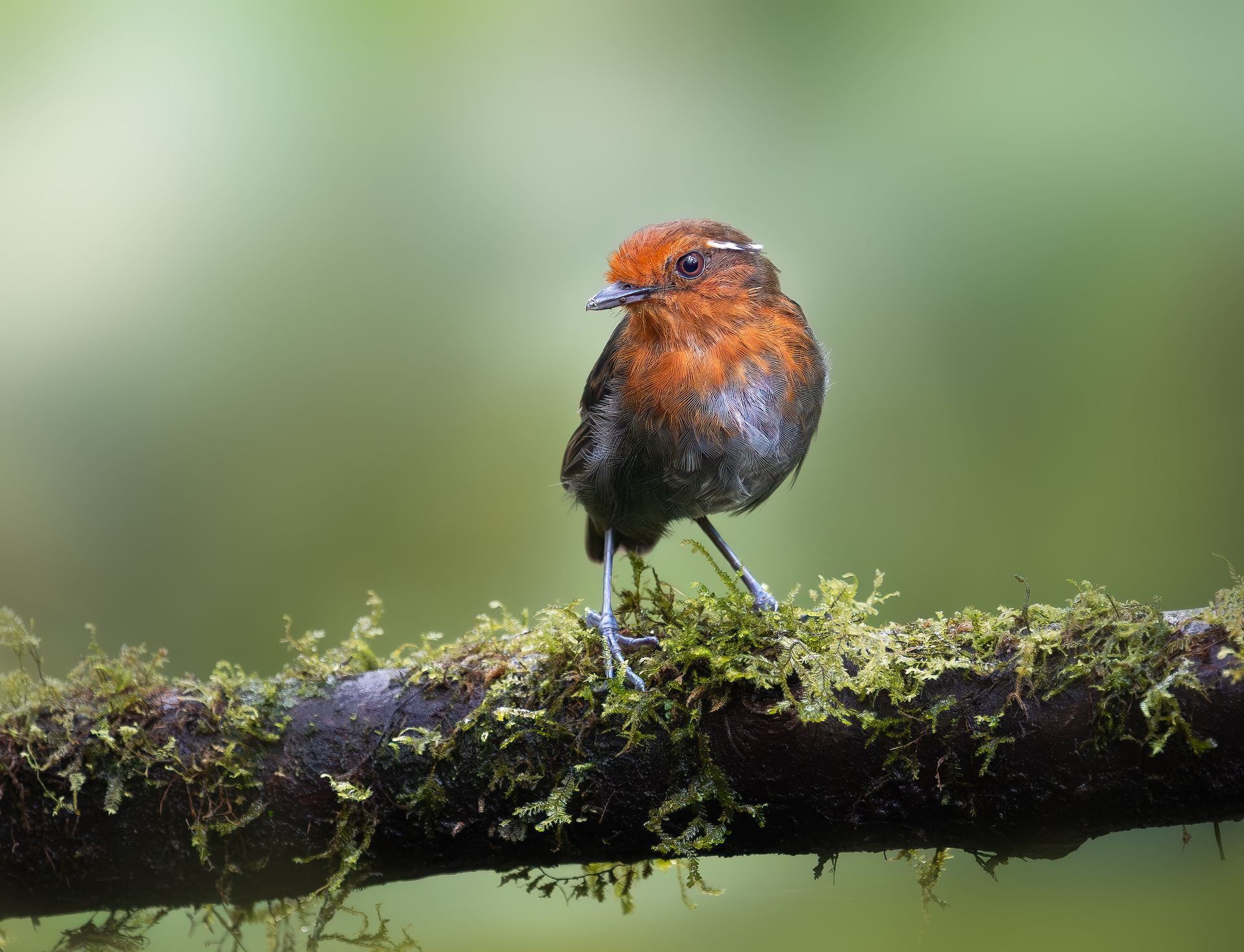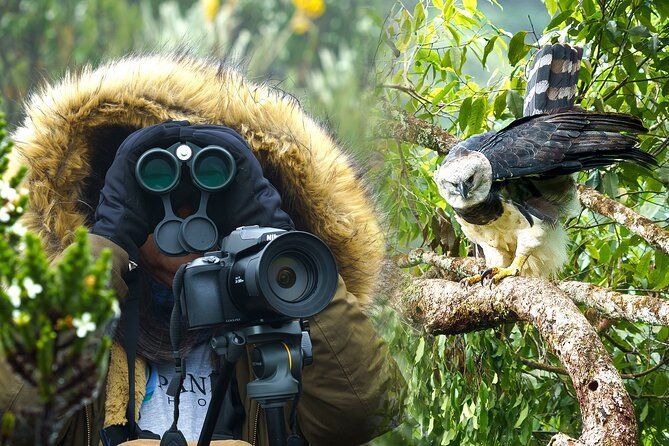The Ultimate Workshop Experience: Capturing Colombia’s Hummingbirds
Colombia is often referred to as the birding capital of the world, and with good reason. Home to more than 1,900 bird species, it offers unmatched biodiversity, including over 160 species of hummingbirds—the highest diversity anywhere on Earth. For photographers, this dazzling array of nectar-loving jewels makes Colombia the ultimate destination for bird photography workshops.
Hummingbirds in Colombia are not only abundant but also varied in size, shape, and color. From the glittering Shining Sunbeam with its radiant copper glow, to the sword-like bill of the White-Tipped Sicklebill, every species presents a new challenge and reward for bird photography enthusiasts. A photography workshop in Colombia is more than just taking pictures; it’s about learning techniques, understanding behavior, and connecting deeply with one of nature’s most fascinating families of birds.
In this article, we’ll explore what makes a hummingbird photography workshop in Colombia so special, the best locations to visit, techniques to master, gear recommendations, and tips for elevating your portfolio with breathtaking images.
Why Choose a Photography Workshop in Colombia?
While anyone can travel and try photographing birds, workshops provide a structured, guided experience. Here’s why Colombia stands out as the ultimate workshop destination for hummingbird photography:
- Unmatched Species Diversity
Colombia’s geography, spanning the Andes, Amazon, Pacific, and Caribbean regions, creates multiple ecosystems. This diversity means participants can photograph hummingbirds of every possible plumage and morphology. - Accessibility of Birding Locations
Many of Colombia’s lodges, reserves, and eco-tourism spots have dedicated hummingbird gardens with feeders and flowering plants, allowing photographers to capture birds at close range without hours of trekking. - Professional Instruction
Workshops are often led by expert photographers and ornithologists who understand the birds’ habits, making it easier for participants to anticipate behavior and refine their shots. - Cultural and Natural Richness
Beyond hummingbirds, Colombia offers vibrant culture, incredible food, and breathtaking landscapes, turning the workshop into an unforgettable journey.
Best Locations for Hummingbird Photography Workshops in Colombia
1. Minca (Sierra Nevada de Santa Marta)
The isolated Sierra Nevada mountains are home to endemics like the Santa Marta Woodstar and White-Tailed Starfrontlet. Lodges here often host feeders that attract dozens of species daily.
2. Otún Quimbaya & Manizales (Central Andes)
A paradise for hummingbird lovers, this region features species like the Tourmaline Sunangel, Black-Tailed Trainbearer, and the spectacular Buffy Helmetcrest. Workshops in this area often combine antpitta feeders with hummingbird setups.
3. La Romera & Jardín (Antioquia)
Known for the Andean Emerald and the magnificent Green Bearded Helmetcrest, this region is accessible from Medellín and popular among both beginner and advanced photographers.
4. Nariño & Pasto (Southern Andes)
Close to the Ecuadorian border, these high-altitude regions are great for capturing rarities like the Copper-Bellied Puffleg and Shining Sunbeam.
5. Chocó & Pacific Slope
If dramatic backgrounds and unusual species are what you’re after, Chocó delivers. Here you can photograph the Velvet Purple Coronet, one of the most stunning hummingbirds in the world.
Essential Gear for a Colombian Hummingbird Workshop
Cameras
- DSLR or Mirrorless with fast frame rates (at least 10 fps).
- High ISO capability for low-light forest conditions.
Lenses
- Telephoto prime lenses (300mm–600mm) for distant shots.
- Zoom lenses (100–400mm) for more flexibility near feeders.
- Macro lens if you want close-up details of flowers and hummingbird interactions.
Accessories
- Tripod or monopod for stability.
- Flash with diffusers—often used in hummingbird photography to freeze motion.
- High-speed shutter release system for multi-flash setups.
- Extra batteries and memory cards, as high-speed shooting consumes resources quickly.
Techniques Taught in Workshops
1. Freezing Wingbeats
Hummingbirds beat their wings up to 80 times per second. Mastering high shutter speeds (1/4000s and faster) or using flash systems is key to freezing this motion.
2. Capturing Behavior
Workshops focus on anticipating key behaviors—hovering, feeding, and territorial fights. Timing and patience are critical.
3. Using Natural Light vs. Flash
- Natural light offers softer, more natural images.
- Multi-flash setups create crisp, studio-like results but require learning careful positioning.
4. Composition Mastery
Guides teach framing hummingbirds with flowers, using diagonal lines, or incorporating blurred backgrounds for artistic impact.
5. Post-Processing
Participants also learn editing techniques to enhance colors while maintaining authenticity, reduce noise, and crop images for best results.
Highlight Species to Capture in Colombia’s Workshops
Here are just a few of the breathtaking hummingbirds photographers aim to capture:
- Buffy Helmetcrest – A high-altitude specialist with striking golden plumage.
- Velvet Purple Coronet – Known for its shimmering violet and blue tones.
- White-Tipped Sicklebill – Famous for its dramatically curved bill.
- Black-Tailed Trainbearer – Long, elegant tail feathers make it a photographer’s dream.
- Shining Sunbeam – Radiant copper coloring that glows in the sunlight.
- Green Bearded Helmetcrest – A rare and elegant species of the páramo regions.
- White-Tailed Starfrontlet – Among the most elegant nectar drinkers of the Andes.
Each species provides an opportunity to experiment with different techniques and styles.
The Human Side of a Photography Workshop
Beyond photography, workshops offer community and shared passion. Meeting like-minded photographers creates connections that often last long after the trip. Group critique sessions help participants grow by receiving constructive feedback, while shared excitement over rare sightings makes the experience unforgettable.
Additionally, local guides and indigenous communities often play a role in workshops, providing insights into conservation and sustainable tourism. Supporting eco-lodges ensures that the beauty of Colombia’s hummingbirds is preserved for future generations.
Practical Tips for a Successful Workshop
- Prepare Physically
Many hummingbird habitats are in high-altitude regions. Acclimatize to avoid altitude sickness. - Pack for All Weather
Colombia’s ecosystems range from humid jungles to chilly páramos. Waterproof gear and layered clothing are essential. - Be Patient
The best shots often come after hours of observation. Patience is the photographer’s greatest tool. - Respect Wildlife
Never disturb nests or use unethical practices to lure birds. Workshops emphasize responsible photography. - Stay Flexible
Lighting, weather, and bird activity change constantly. Being adaptable ensures you won’t miss opportunities.
Conclusion: The Experience of a Lifetime
A hummingbird photography workshop in Colombia is more than a trip—it’s a transformational experience. With unparalleled biodiversity, expert guidance, and countless opportunities for creative expression, these workshops help photographers capture not just images, but stories of light, motion, and color.
Whether you are an amateur bird photographer looking to refine your skills or a professional aiming to expand your portfolio, Colombia’s hummingbird workshops provide the ultimate blend of challenge, beauty, and inspiration. The iridescent flashes of wings, the still moments of feeding, and the shared joy of discovery will leave every participant not only with a hard drive full of extraordinary images but also with unforgettable memories.
For those ready to immerse themselves in the art of bird photography, there is no better canvas than the skies and flowers of Colombia.




